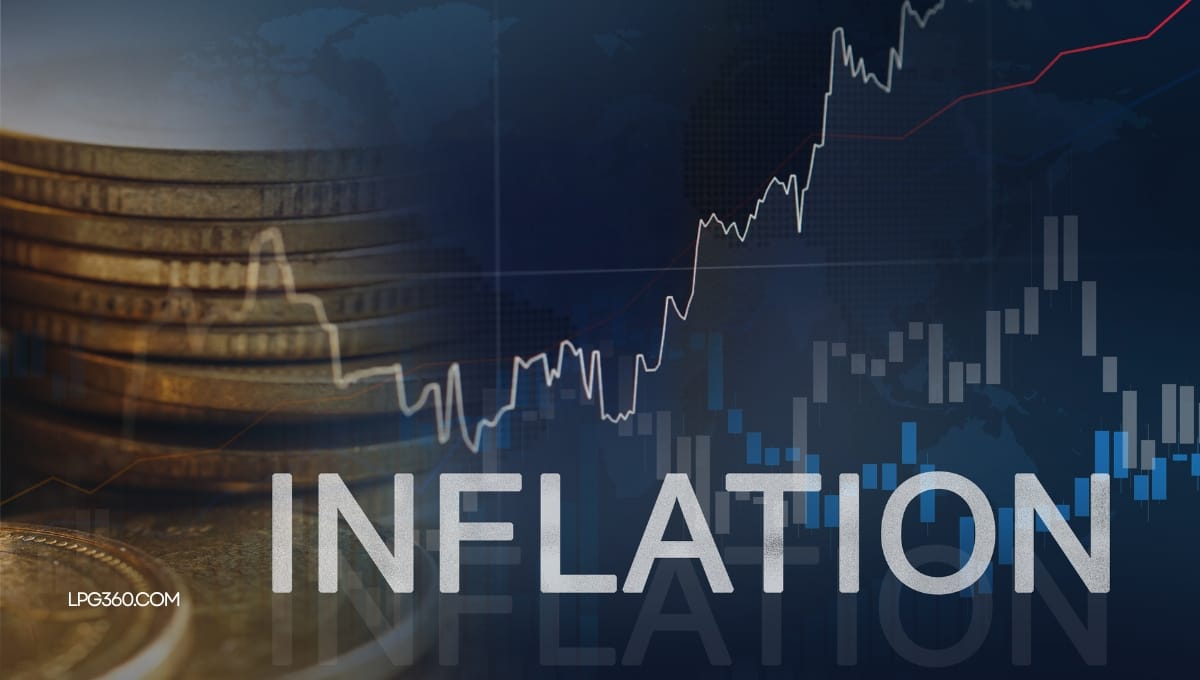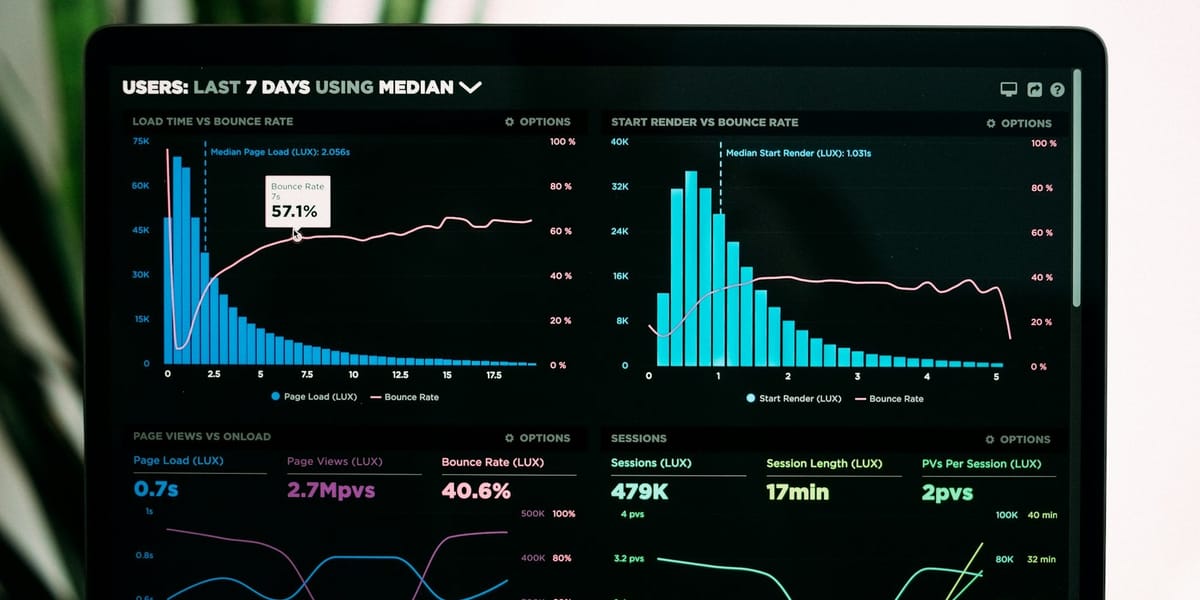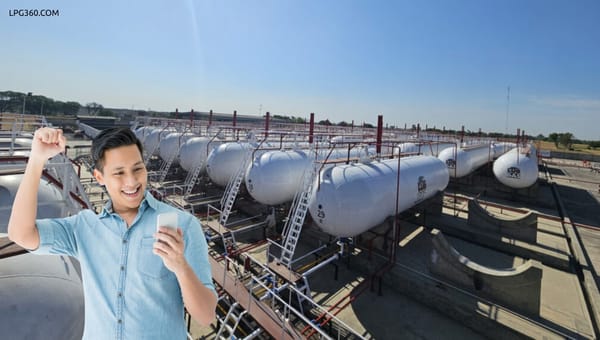Economic Ripples: How LPG Pricing Affects Global Inflation Trends

Why LPG Prices Matter
Liquefied Petroleum Gas (LPG) is a crucial energy source for millions worldwide. As global energy markets shift, LPG pricing has increasingly influenced inflation in both developing and developed economies. Since LPG is widely used in cooking, heating, transportation, and industry, fluctuations in its prices create ripple effects across economic sectors.
This blog explores how LPG pricing not only affects energy affordability but also drives inflationary trends, disrupts industries, and shapes policy responses on a global scale.
The Global Energy Price Web
LPG is traded internationally, meaning local prices are heavily affected by global dynamics. When international crude oil prices rise, LPG typically follows. Factors such as geopolitical tensions, trade sanctions, and shipping bottlenecks can also cause sharp price movements. These increases in LPG prices raise transport and production costs, ultimately leading to higher consumer prices—one of the major triggers of inflation.
Impact on Developing Economies
Countries with a high dependency on LPG imports face greater risks. In South Asia, Africa, and parts of Latin America, LPG is subsidized to make it affordable. When prices surge, governments either have to increase subsidies—straining public budgets—or reduce support, passing the burden onto consumers. This often results in rising prices for goods and services, impacting inflation rates directly.
Industrial and Commercial Fallout
Industries that rely on LPG as a fuel source experience increased input costs during price hikes. This includes sectors such as food processing, ceramics, and manufacturing. These cost surges lead to more expensive products for consumers. Additionally, businesses may delay investment decisions, reduce output, or pass on a cost, which affects economic productivity and employment levels.
Inflation and Household Budgets
LPG price volatility particularly affects middle- and lower-income households. As LPG cylinders become more expensive, families are forced to cut spending in other essential areas such as education, health, and savings. In extreme cases, they revert to less clean energy sources like wood or coal, which creates health and environmental risks.
What Can Be Done?
Governments and industries need to develop pricing buffers and strategic reserves. Investing in local LPG production, adopting bio-LPG alternatives, and expanding storage capacity can reduce reliance on volatile imports. Monitoring global markets closely and using forecasting models can help predict trends and prepare in advance.
Policy Responses and Strategic Planning
Regulators can support stability by implementing flexible pricing policies, reducing tariffs on LPG imports, and encouraging public-private partnerships to enhance infrastructure. Diversifying energy portfolios with renewable alternatives will also lessen LPG dependency, providing a safety net during global energy disruptions.

Conclusion: Planning for Price Shocks
LPG price surges do more than affect energy bills—they impact entire economies. Understanding these ripple effects allows policymakers and businesses to act proactively. Stable LPG pricing isn’t just an energy issue—it’s essential for economic security.
This blog aims to equip readers with insights into the complex link between LPG pricing and inflation. By recognizing the economic consequences, stakeholders can push for smarter, more resilient energy planning.
Stay ahead of the economic curve—track LPG pricing and advocate for smarter energy policies.
#LPG #LPG360 #LPGPricing #GlobalInflation #LPGTrends #EnergyCosts #InflationImpact #FuelEconomics #LPGAnalysis #LPGSubsidies #DevelopingEconomies #EnergyPolicy #IndustrialCosts #HouseholdSpending #CleanEnergyAccess #LPGMarkets #BioLPG #EnergySecurity #LPGStrategy #SmartEnergyPlanning #EnergyAlternatives #LPGSupplyChain







